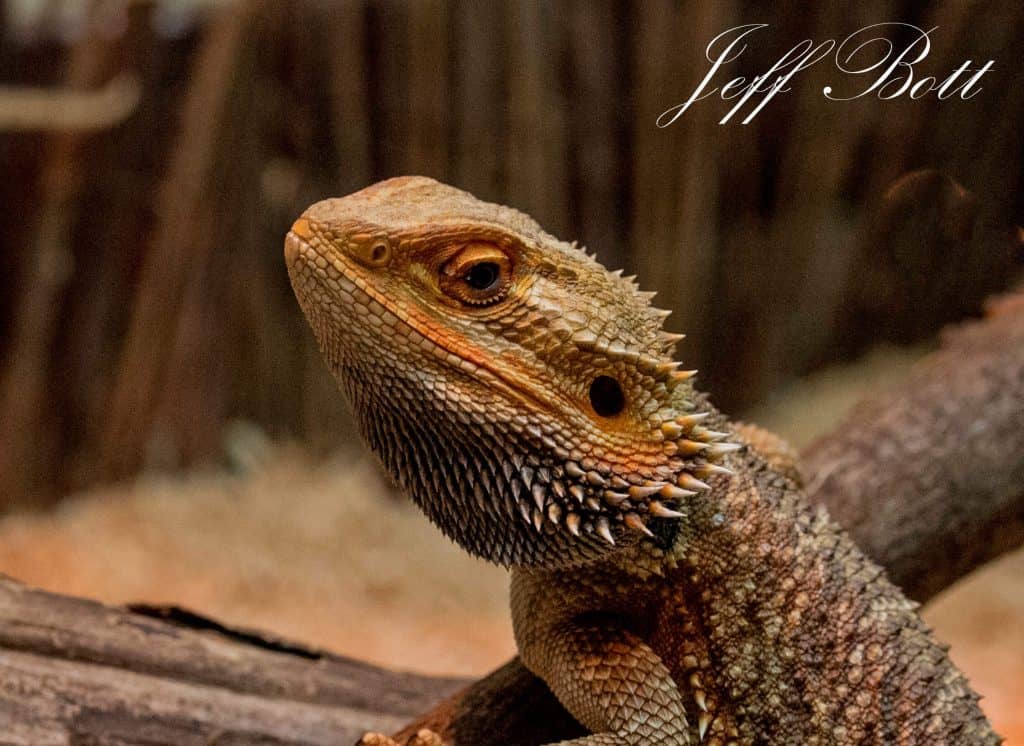
Inland Bearded Dragon Natural History
Size
They can grow to approximately 45-60cm (18-24in) in length.
Habitat and Distribution
This lizard is from Australia and can occupy a large range of habitats from the desert to dry forests and scrubland.
Age
They have a lifespan of about 8-15 years.
Diet
A typical diet for a bearded is leafy greens, vegetables and a regular meal of insects which include crickets and locusts.
Groups and Breeding
Bearded Dragons lay between 7-42 eggs at a time but normally lay between 20-30 eggs. Females will dig a hole, preferably in a damp location and bury the eggs. They are normally incubated for 50-75 days. If the eggs are not fertile the female may eat them.
Threats
Fireflies and all other animals with bioluminescence chemicals are fatal to Bearded Dragons. However, beyond this they are a fairly common lizard in their natural habitat and are now one of the most commonly kept pet lizards.
Interesting Facts
These lizards are popular exotic pets and will also be known affectionately to people as ‘Beardies’. When it feels threatened a Bearded Dragon will expand a spiny pouch under their jaw, as well as inhaling a large breath of air to puff them selves out, making themselves not only look bigger, but also putting pressure behind the further spines which flank the sides of its body.
The Inland Bearded Dragons During Your Day Out in Kent
You can see these popular and placid lizards during a day out at Wingham Wildlife Park in the New Reptile House. We are home to two of them, a male and female and their enclosure can be found opposite the Cuban Crocodiles.
The more you know…
Want to know more about these animals? Check out our keeper blogs about them below.